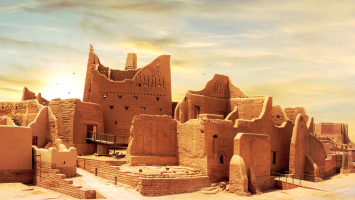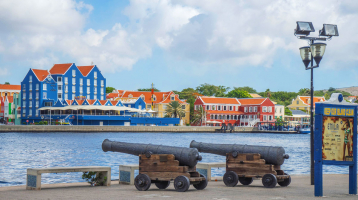Top 10 Most Beautiful Historical Sites In Sierra Leone
Sierra Leone is an unusual country to visit and a spectacular sight to witness. With a treasure trove of deep-rooted traditions and celebrated cultures, a ... read more...visit to Sierra Leone's monuments breaks from the mundane sightseeing excursions to provide an enlightening experience of stunning colonial architecture. Sierra Leone's main city, the country's most populous metropolis, and the country's most vital commercial center, Freetown, is thriving more than ever. Here are the most beautiful historical sites in Sierra Leone.
-
York is a characteristically Krio community with a rich history, yet it also includes members of other tribes. Prior to the advent of the liberated slaves, the Sherbro had established themselves in the area, and the village was known as Momimi. York hamlet is nearly 200 years old, is largely Christian, and has stunning architecture and fauna. York is also the region's rural district headquarters.
The town's layout and house architecture are reminiscent of those found in the deep south of the United States, a tribute to the early settlers and re-captives who began a new life in the nineteenth century. After the slave era, the royal family was stationed in the neighborhood during WWII (and the prison yard, are still present).
In 1819, 202 ex-Royal African Corps (freed slaves who served Britain in the Napoleonic Wars) arrived in York. A large number of these ex-soldiers married Sherbro ladies. In 1822, 89 freed Africans were added to the colony, and by 1880, York had the largest canoe fleet on the Peninsula, with 51 canoes.
A visit will take you throughout York, where you will meet community leaders who will gladly enlighten you about the city's history. Give the elders a little token of thanks and appreciation for allowing you into their community, as is usual when visiting any local village, and they will be pleased to share stories with you. Please do not hesitate to ask queries.
Some things to do in York include:
- Bobor Kombo
- The Kings Yard
- York cemetery
- Foriwater Cave
- Local architecture
- Colonial Lampholders
- Madinga Water
- Various Churches
- The Town bell
- Whale Bay
- York Centenary
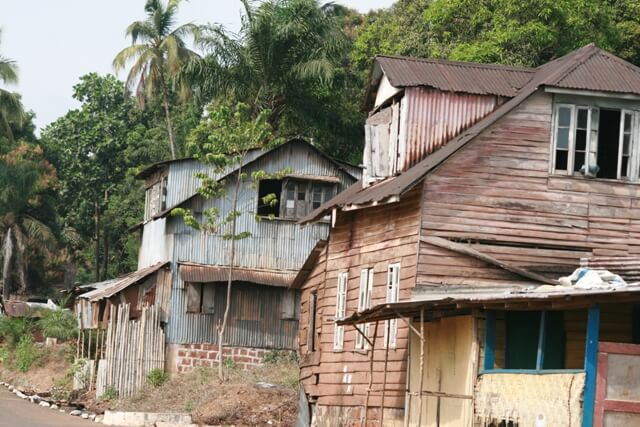
visitsierraleone.org Video: Anason Clarke's Youtube Channel -
St. John's Maroon Church is a Methodist church in Maroon Town, a neighbourhood of Freetown, Sierra Leone's capital. It is one of the country's oldest churches. The church is regarded as one of the most beautiful historical sites in Sierra Leone.
The Maroons increasingly abandoned their African beliefs in favor of Christianity. In 1820, they were granted land in Maroon Town between Percival and Liverpool Streets. Unhappy with the conditions of worship in Nova Scotian chapels, a group led by Charles Shaw Harding established St. John's Maroon Church in 1822. A short white wall surrounds the small white building.
While the Maroons progressively incorporated into Freetown society, many of them remained churchgoers. They practiced their own style of Methodism, remaining independent of the Methodist establishment until 1900.
The congregation has shrunk, yet it still exists. In 2007, the congregation of St John's Maroon Church celebrated the 200th anniversary of its foundation. Under the Monuments and Relics Ordinance on 1 June 1947, the church was designated a national historic site in 1956.

visitsierraleone.org 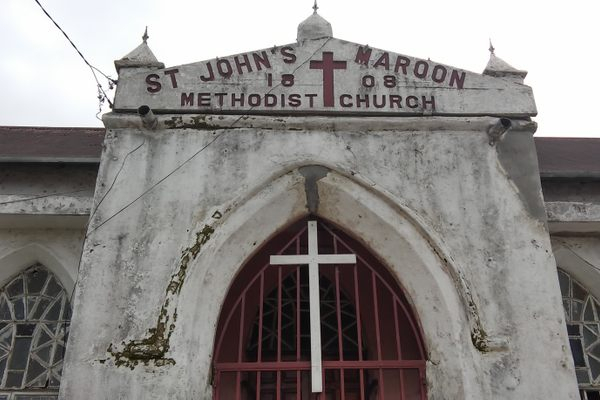
atlasobscura.com -
These stone steps are part of the stone architecture built during Governor Charles Macarthy's tenure. They were finished in 1818 and led down from Wallace Johnson Street. The Guard House, located at the top of the steps, was constructed in 1819.
There were very few stone buildings in Freetown, either public or private, when Sir Charles MacCarthy took over as Governor. He began developing stone-built public structures, such as a splendid commissariat house at the Government Wharf. He reconstructed the entire wharf with stone breakwaters. He also directed the construction of a flight of stone steps. This was finished in 1818.
These are the steps leading down from Water Street (now Wallace Johnson Street) to the landing stage between the lower Commissariat (where the National Electoral Commission's offices are now located) and the French Company building (the massive refurbished building that houses the Auditing Company, KPMG). The picturesque vista was so appealing that someone once said that this wide elegant flight of steps seemed like a stream of water cascading down the dock. Therefore, The Wharf Steps and Old Guard House are considered one of the most beautiful historical sites in Sierra Leone.
They are frequently referred to as the "Portuguese stairs," which is incorrect because they were constructed centuries after the Portuguese had departed this part of Africa. The Guard House, located at the top of the steps, was constructed in 1819. MacCarthy, who lived close, was out every day supervising the work.
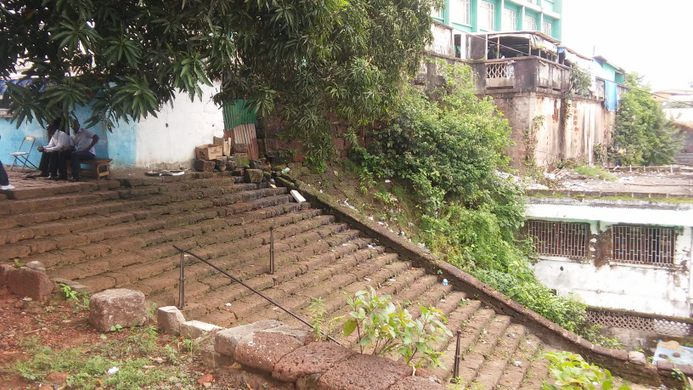
atlasobscura.com 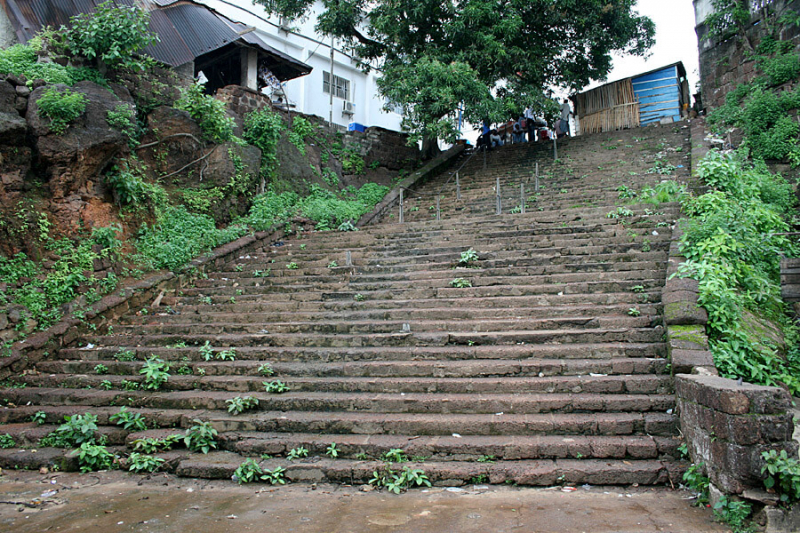
atlasobscura.com -
As the campaign to convert the Sierra Leone Colony to Christianity continued, Governor Maxwell wrote to the Secretary of State for the colonies, seeking the construction of a church to serve as a place of worship for the residents. Governor MacCarthy laid the cornerstone in 1817, and work was completed 11 years later, significantly over budget and on time. that's how St George’s Cathedral was built and is by far one of the most beautiful historical sites in Sierra Leone.
As the cathedral church of a diocese that included The Gambia, the Gold Coast, Lagos, the Islands of Madiera, the Canaries, Mauritania, and Morocco, it served as a site of worship for the crème de la crème of society as well as a location for big State occasions. Reverend William Garnon, Thomas Fowell Buxton, Africanus Beale Horton, and James "Holy" Johnson are among the busts and plaques on display in the church.
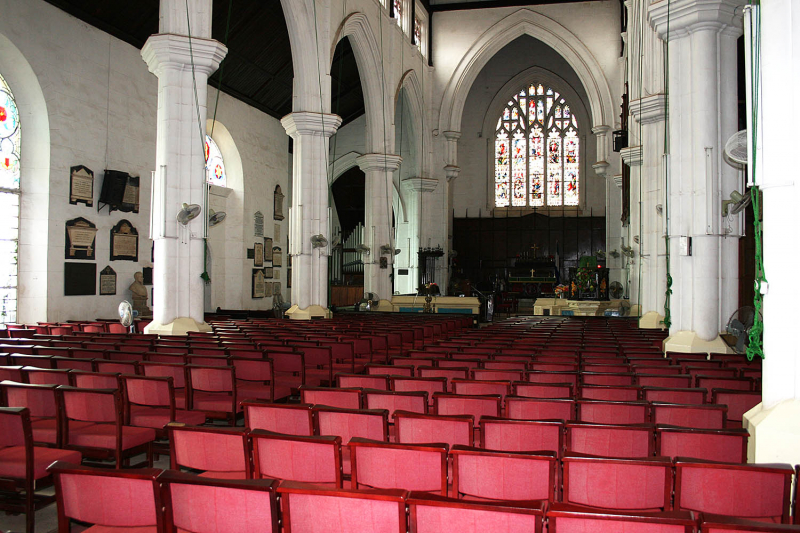
visitsierraleone.org 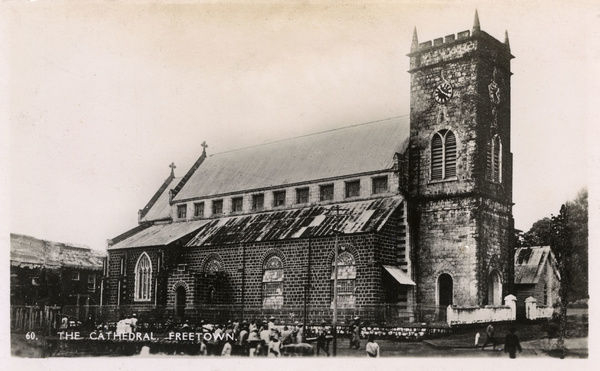
prints-online.com -
As the Liberated African Villages grew, it was decided that structures needed to be built to meet the spiritual and educational needs of the new settlements. The government agreed to fund the building of schools and churches. The government funded the construction of a stone church in the Regent, one of the Liberated African Villages. In 1816, St. Charles Church, named after Charles MacCarthy, was West Africa's first stone church. Today, it is the oldest stone church in Sierra Leone and the third oldest in Africa.
Due to Regent's growing population and Reverend W.A.B Johnson's inspirational and powerful leadership, the church on top of a steep hill quickly became insufficient for the 500 worshipers it had been intended for. Numbers fell after the Reverend's death and subsequent movement of residents to the city in quest of better prospects, but the historic significance of the church remains, and it still serves the community today.
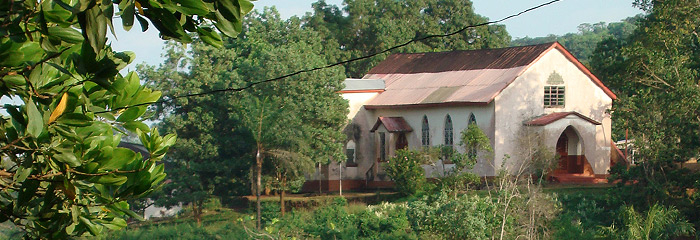
sierraleoneheritage.org 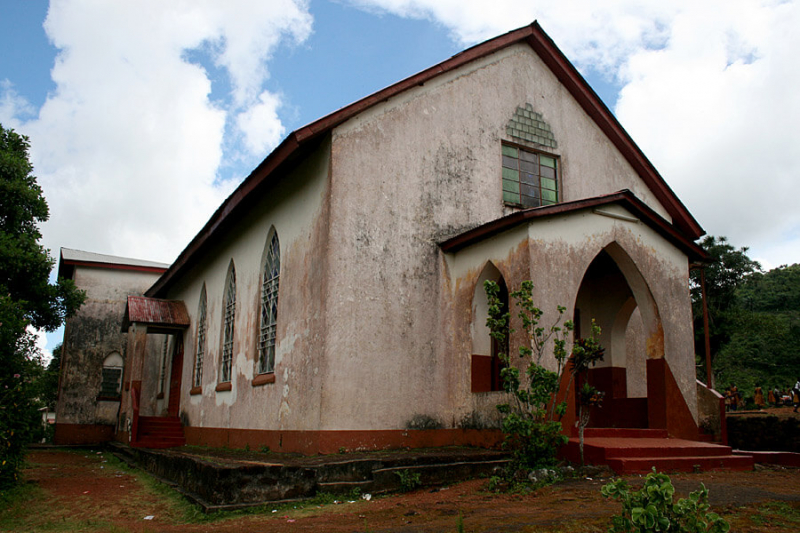
visitsierraleone.org -
After the Abolition Act went into force and Sierra Leone became a British colony, the Navy was primarily involved in attempting to intercept the still-existent Slave Traffic. The Black Joke, formerly known as the Henriquita, was one of the most effective vessels assigned with this task, despite being a former slave vessel. Captured vessels were taken to Sierra Leone, where an Admiralty Court was established to deal with legal matters such as slave freedom and vessel condemnation.
The rescued slaves were brought to King Jimmy Wharf and taken to a compound built for them. This location was known as the King's Yard, and it was where they could be accessed and housed while preparations for their relocation were finalized. Because many of them required medical attention, it was also known as an asylum. Samuel Adjai Crowther and John Ezzidio are two well-known people who have passed through The Asylum. The Gateway to the Old King’s Yard presently leads to a section of the Connaught Hospital and Sight Savers.
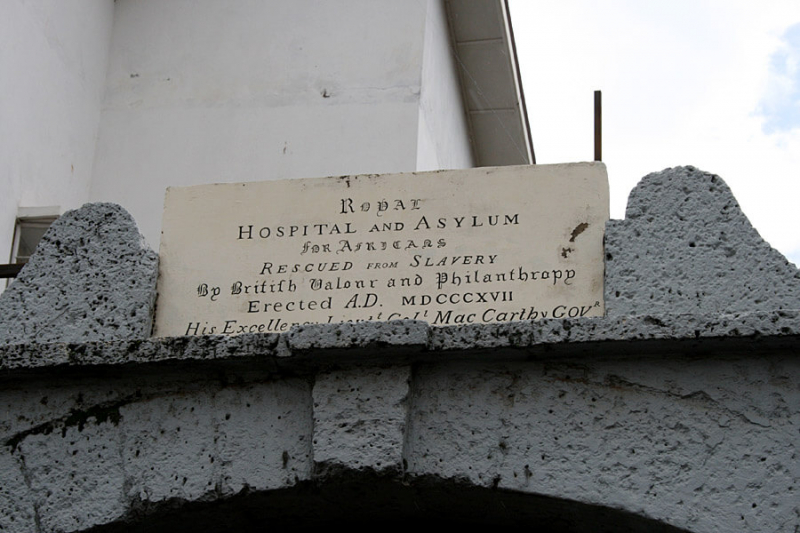
visitsierraleone.org 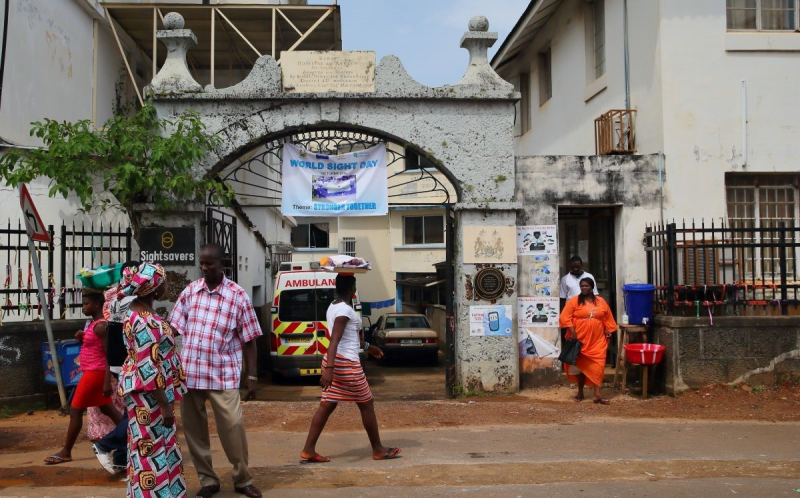
michaelswerdlyk.com -
Due to several raids on Freetown by the Temne under the command of King Tom in the nineteenth century, the authorities became concerned about future attacks on the colony. As a defense device, the governor of the day ordered the construction of a Martello Tower on the top of Tower Hill. Similar structures were a defense mechanism of the time, and they have equivalents along England's south coast.
This massive spherical tower, replete with guns and armoury, was completed in 1805, beginning a long relationship with Tower Hill and the military. However, it is said that it was never utilized in war and that it was destroyed after a few decades. Around 1870, a water tank was created inside the foundation as part of the city's first water system, supplying pipe-borne water to the city. This tower, which is located near to the Houses of Parliament, is in need of renovation. A climb up the hill demonstrates why this would be a crucial position for the military, offering some of the most breathtaking views in Freetown.
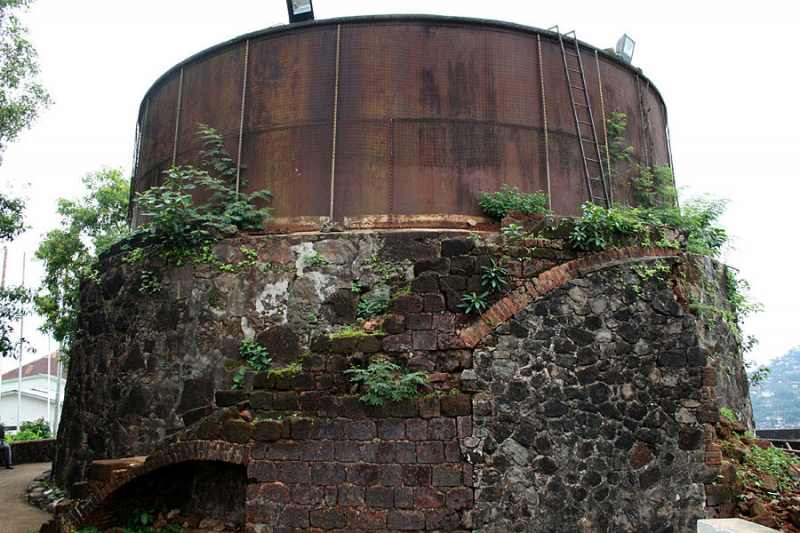
visitsierraleone.org 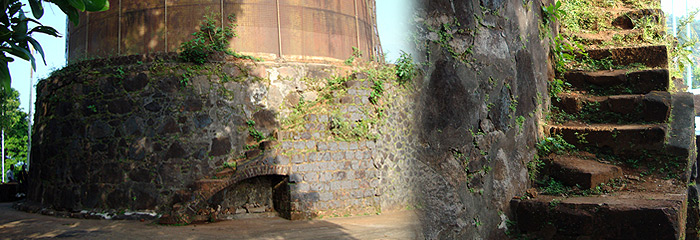
sierraleoneheritage.org -
Among the most beautiful historical sites in Sierra Leone, this enormous tree lies in the heart of Freetown's historic district and is the city's most prominent landmark. Though the exact age is unknown, the Cotton Tree has unquestionably existed here for more than 200 years. Some say it was the resting site for the Black Poor when they landed in Sierra Leone in 1787. They appeared to be resting and praying beneath the shade of the tree.
The Nova Scotians are also claimed to have sung “Return ye, ransomed sinners home” at this location upon their arrival in 1792, however some argue that the tree linked with these settlers is some distance distant.
The Cotton Tree has become synonymous with Freetown, inspiring numerous works of art. On fact, the Cotton Tree is included in the Visit Sierra Leone emblem. It also serves as a haven for bats and vultures, and Cotton Trees in general are associated with mythology and mysticism in Sierra Leone. It sheds its leaves throughout the dry season and harmattan, but when it rains, the tree is breathtaking. Its magnetic draw makes it a popular tourist attraction.
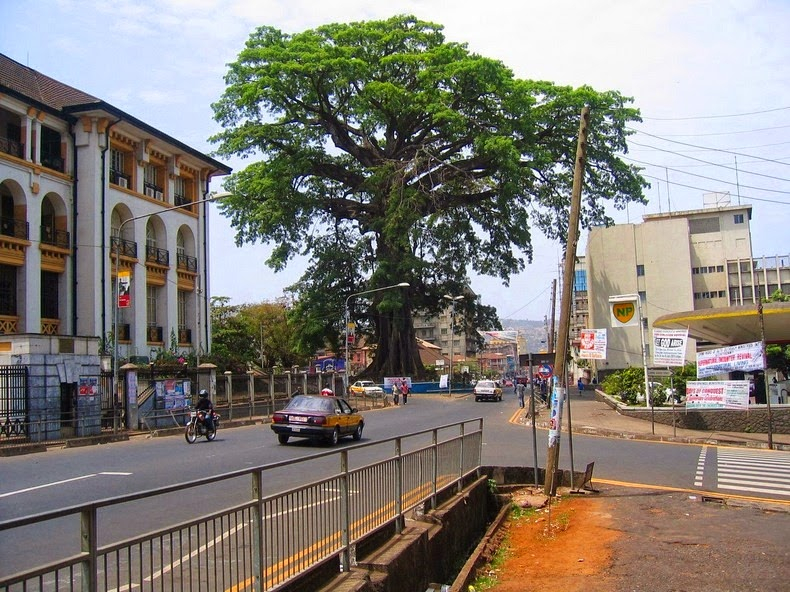
amusingplanet.com 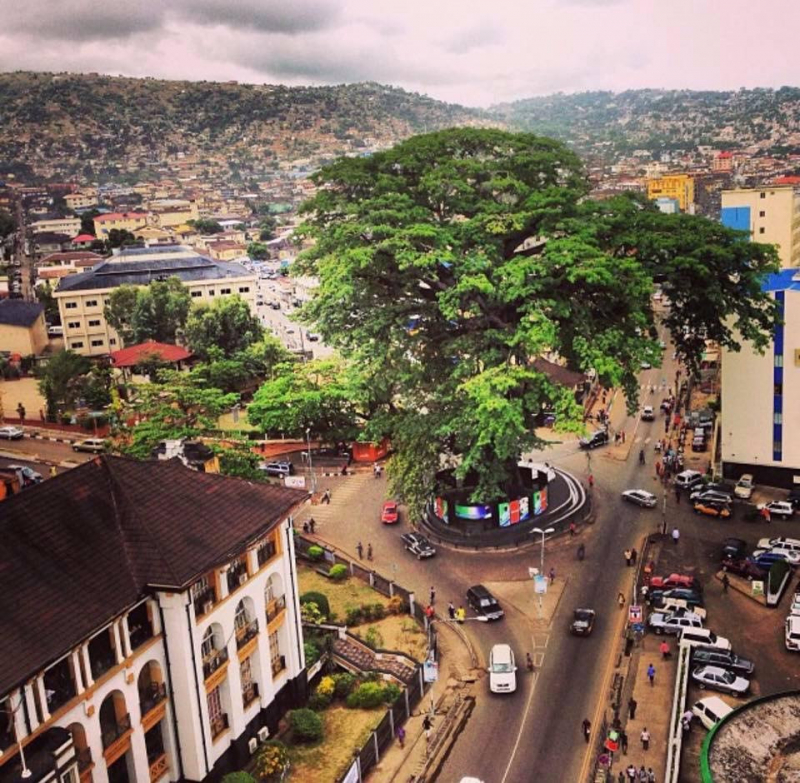
therainingseason.org -
Fourah Bay College is a public university in the Mount Aureol neighborhood of Freetown, Sierra Leone. It was established on 18 February 1827 as the first western-style university in Sub-Saharan Africa and the first university-level institution in Africa. It was once associated with Durham University (1876–1967) and is now a constituent college of the University of Sierra Leone (USL).
The Church Missionary Society founded the college in February 1827 as an Anglican missionary school with the help of Sierra Leone's governor, Charles MacCarthy. The first student to enroll in Fourah Bay was Samuel Ajayi Crowther. Fourah Bay College quickly became a magnet for Sierra Leone Creoles and other Africans looking to further their studies in British West Africa. Nigerians, Ghanaians, Ivorians, and others were among them, particularly in religion and education. It was West Africa's first western-style university. Because of the great number of quality schools in Freetown and neighboring areas, Freetown was dubbed as the "Athens of Africa" during colonialism.
Reverend Edward Jones, an African-American missionary from South Carolina, was the university's first black principal. Lamina Sankoh was a well-known early academic, and Francis Heiser served as principal from 1920 to 1922. In 1966, Davidson Nicol became the first Sierra Leonean principal.
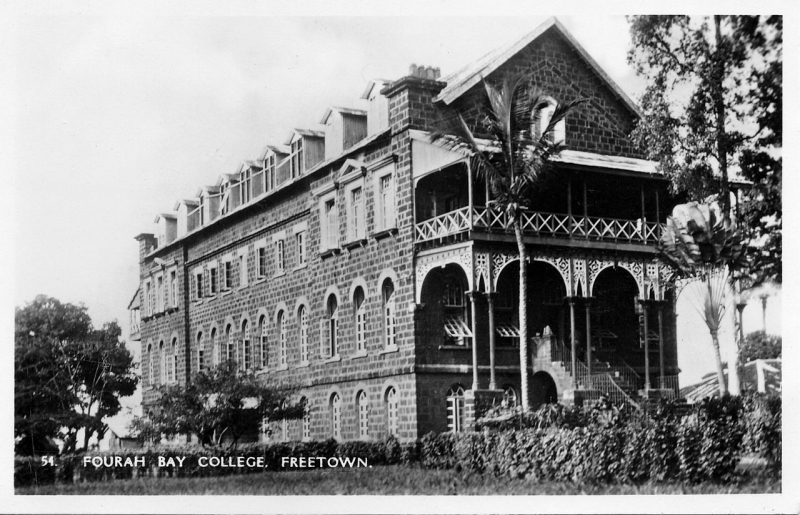
en.wikipedia.org 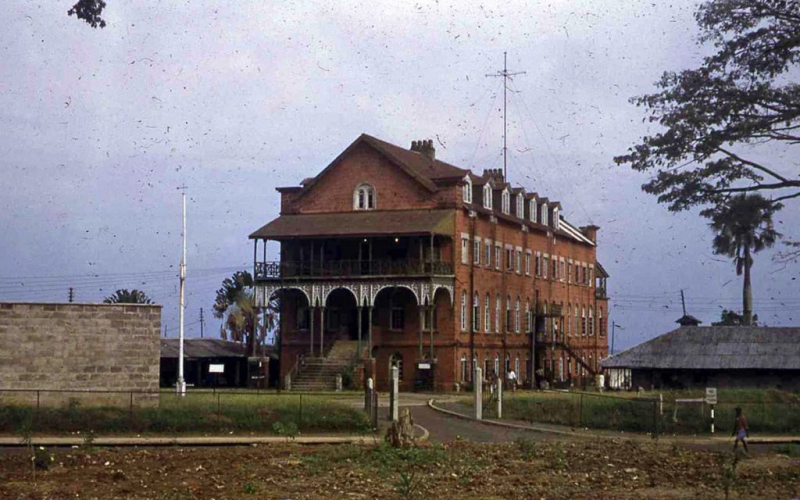
blackpast.org -
Col. Steve Davies MBE, Deputy Commander of the International Military Advisory Training Team (IMATT) in Sierra Leone, founded the Sierra Leone National Railway Museum in his leisure time with a team of fifteen young unemployed Sierra Leoneans. Together, they have turned an abandoned locomotive shed into the country's first railway museum, when the State railway was decommissioned in 1974. (and second national museum). It contains a carriage built for HM The Queen's State Visit in 1961. Today, the museum is among the most beautiful historical sites in Sierra Leone.
A museum for people who have never seen or heard a train. A museum that will provide jobs and skill transfer to Sierra Leoneans who are learning from the global community. A museum that will remind people of their common heritage; a railway that will connect people's lives from coast to mountain plain. A museum that will make you happy. A museum that will help stimulate investment in one of the world's poorest countries. Despite all odds, the Sierra Leone National Railway Museum is a growth engine.
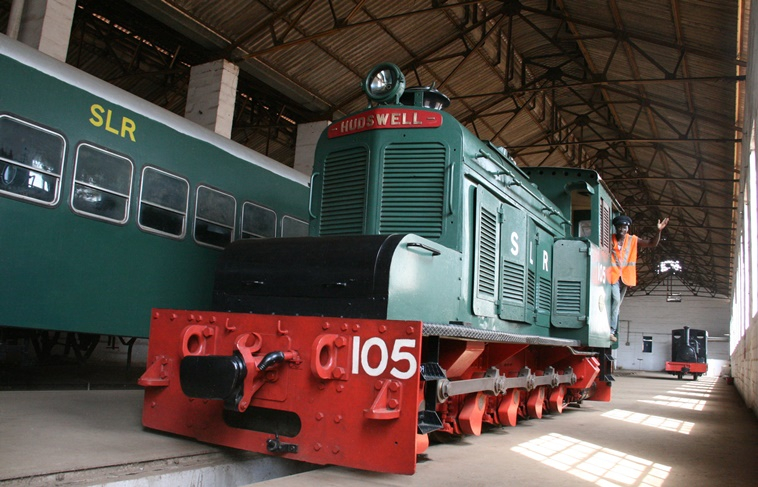
gogetfunding.com 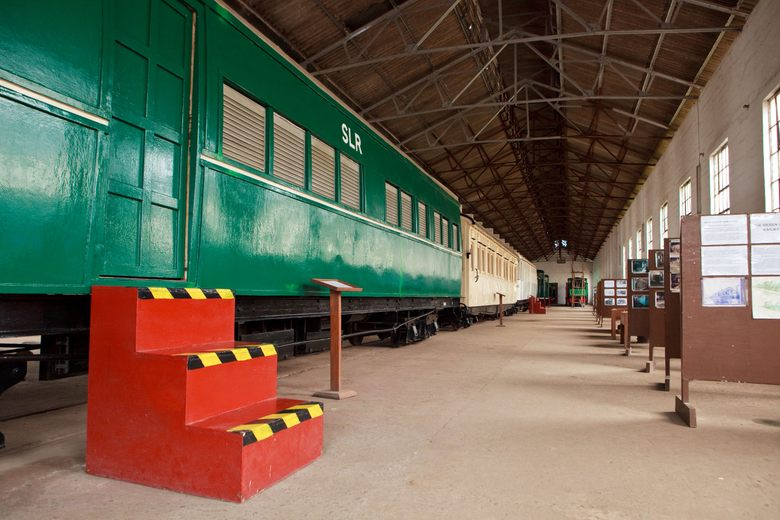
atlasobscura.com





























